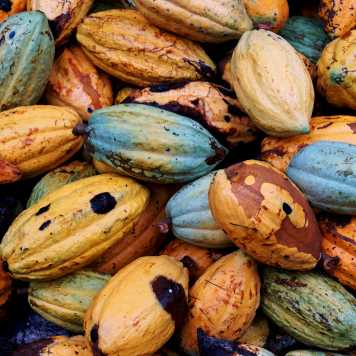CdOCOA
Cadmium availability in soils and its uptake by cocoa in Latin America (CdOCOA)
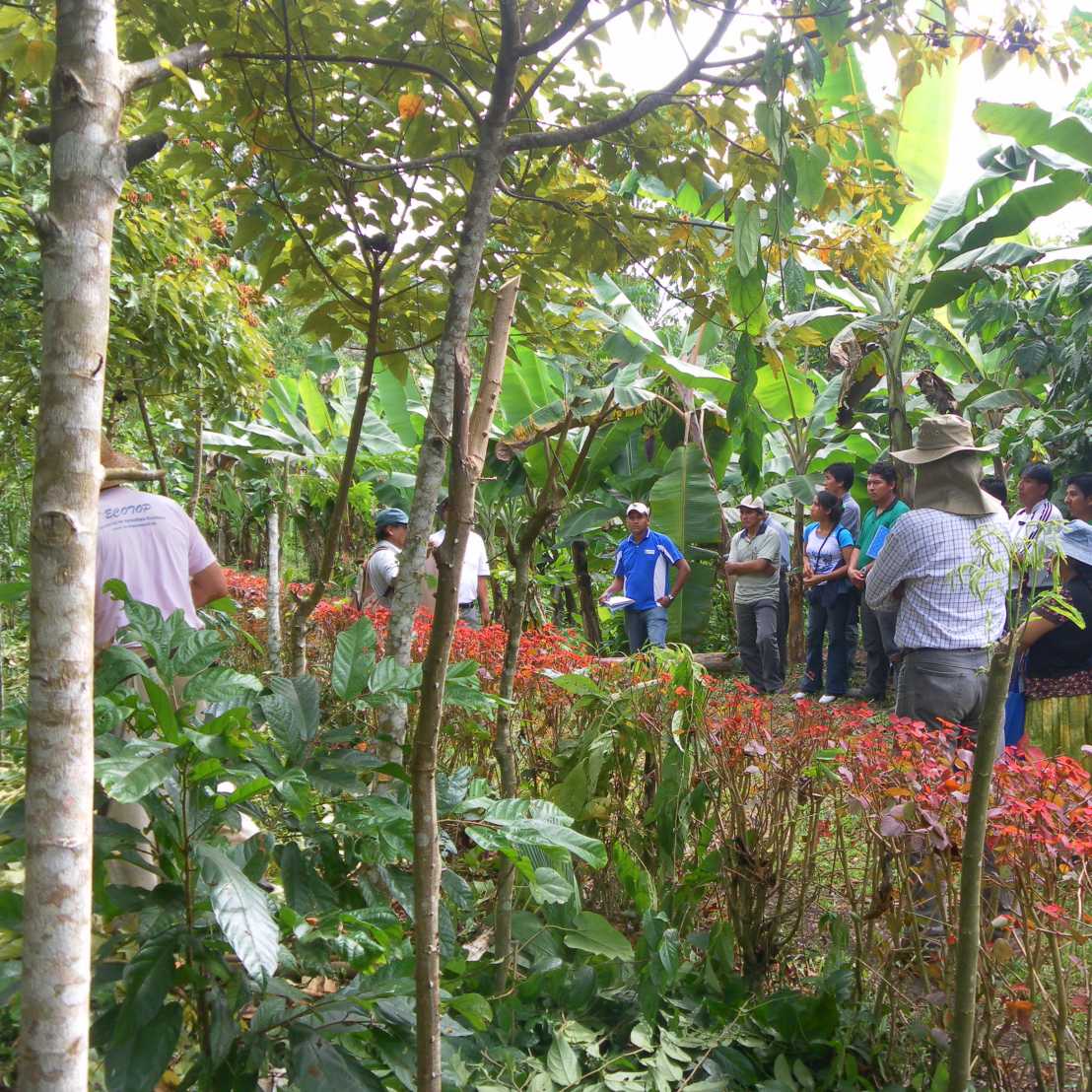
Project Start: 2014
Principal Investigator: Prof. Rainer Schulin, Soil Protection Group
Co-Investigator: Monika Schneider, Research Institute of Organic Agriculture
Contact: Dr. Anja Gramlich
Contamination of cocoa with cadmium is becoming an important issue for smallholder farmers and for the chocolate industry. The overall research objective is to address to the problem of unusually high cadmium content in cocoa beans grown in Latin America by determining the sources of cadmium in the soils and factors that influence Cd uptake by cocoa plants.
Cadmium (Cd) is a trace metal that has no essential biological functions and is toxic to plants, animals and humans already at low concentrations. Compared to other foodstuffs, rather high Cd concentrations are found in cocoa products. Cd contamination in cocoa is becoming an important issue for smallholder farmers and also for the chocolate industry, as the European Union is debating on the implementation of upper limits for Cd contents in cocoa products. Particularly high Cd contents were found in cocoa beans from Latin America, with considerable variation between samples from different regions. While it is primarily attributed to differences in soil parent material, the available data are insufficient to draw any firm conclusions on the reasons underlying the observed variation. This project intends to identify the role of soil and soil management factors in elevated Cd accumulation by cocoa plants in Honduras, the country where the highest Cd concentrations in cocoa beans have been found, and in Bolivia, where also high Cd concentrations have been found. In Bolivia a long-term field trial comparing organic and conventional cocoa cultivation can be used to establish important information on the role of soil management in Cd accumulation by cocoa. In Honduras a survey will be carried out at selected sites with varying soil and climate conditions. At each site soil samples will be analyzed for factors potentially governing Cd uptake by cocoa and related to the Cd concentrations of cocoa plants sampled at the same sites. The same parameters will also be analyzed in the system comparison field trial in Bolivia. In combination, the two parts of this project will show to what extent Cd accumulation by cocoa depends on soil and climate factors and the potential of adaptive agricultural management to reduce it. Based on the results, we will propose a field trial design to test the most promising options in a follow-up project.
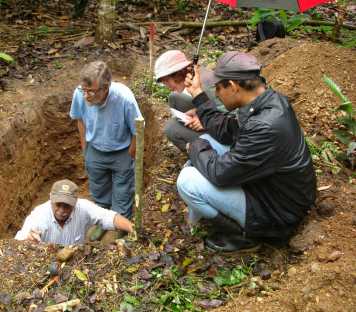
Publication in Science of the Total Environment (2019)
DownloadCadmium accumulation and allocation in different cacao cultivars (PDF, 1.6 MB)vertical_align_bottom by N. Engbersen et al.
Publication in Science of The Total Environment (2018)
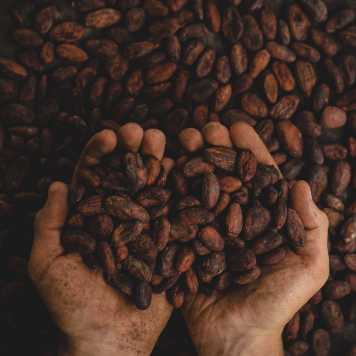
external pageSoil cadmium uptake by cocoa in Hondurascall_made by Gramlich, A.; Tandy, S.; et al. Read more in WFSC News
Publication in Science of The Total Environment (2017)
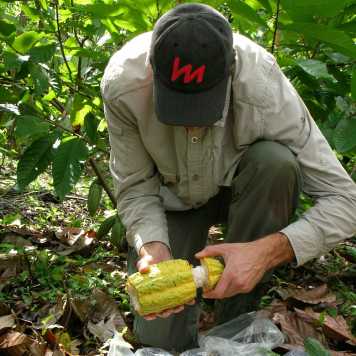
external pageCadmium uptake by cocoa trees in agroforestry and monoculture systems under conventional and organic managementcall_made by Gramlich A.; Tandy, S.; et al.

